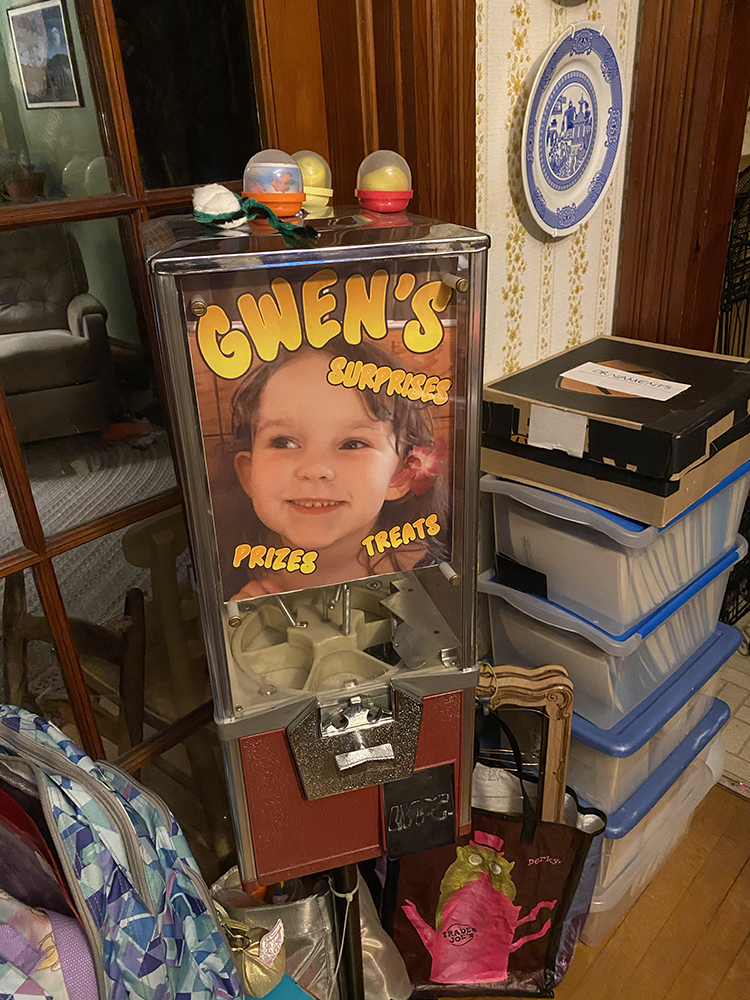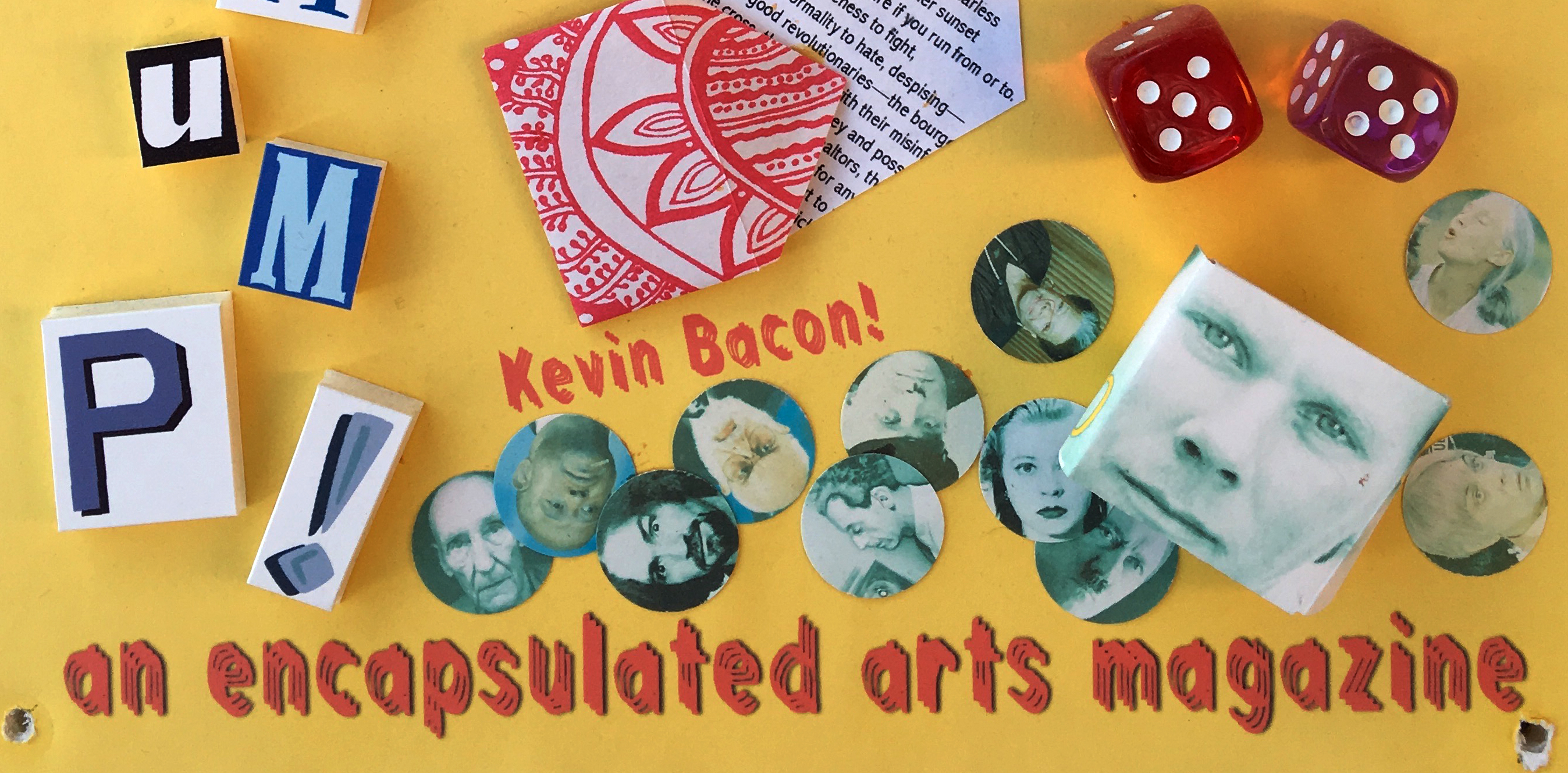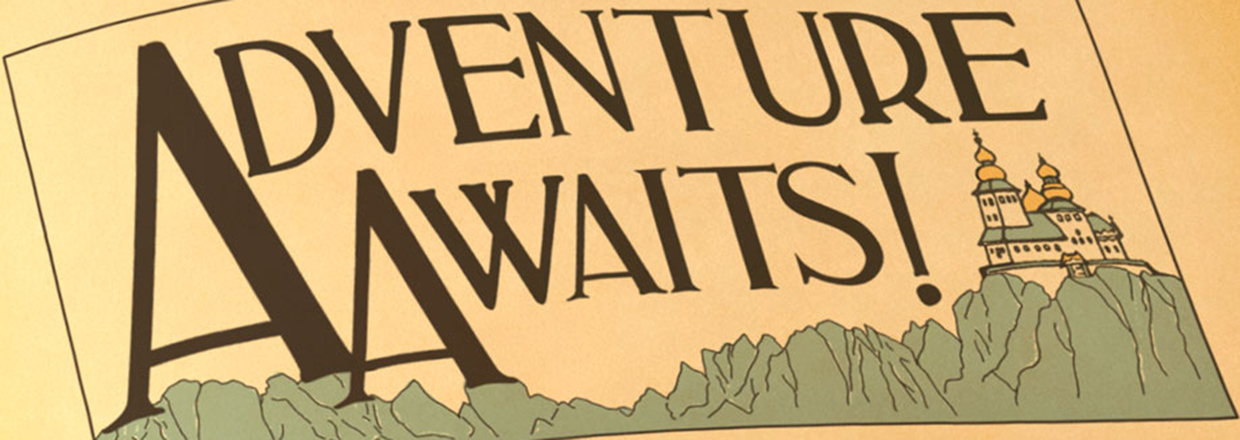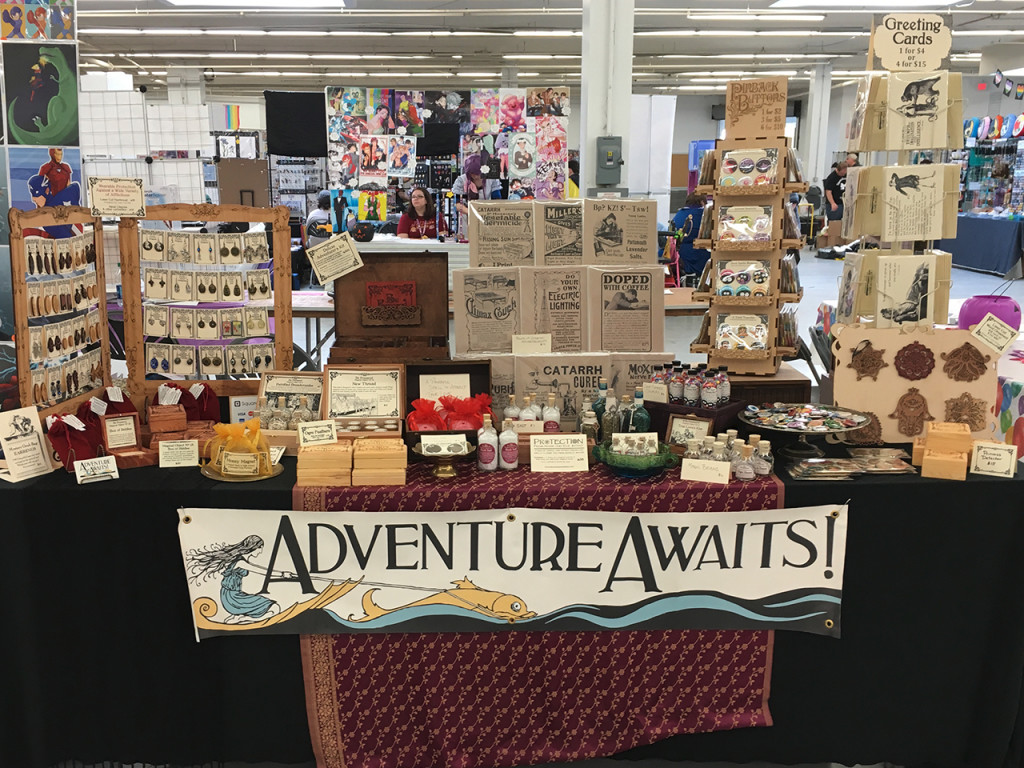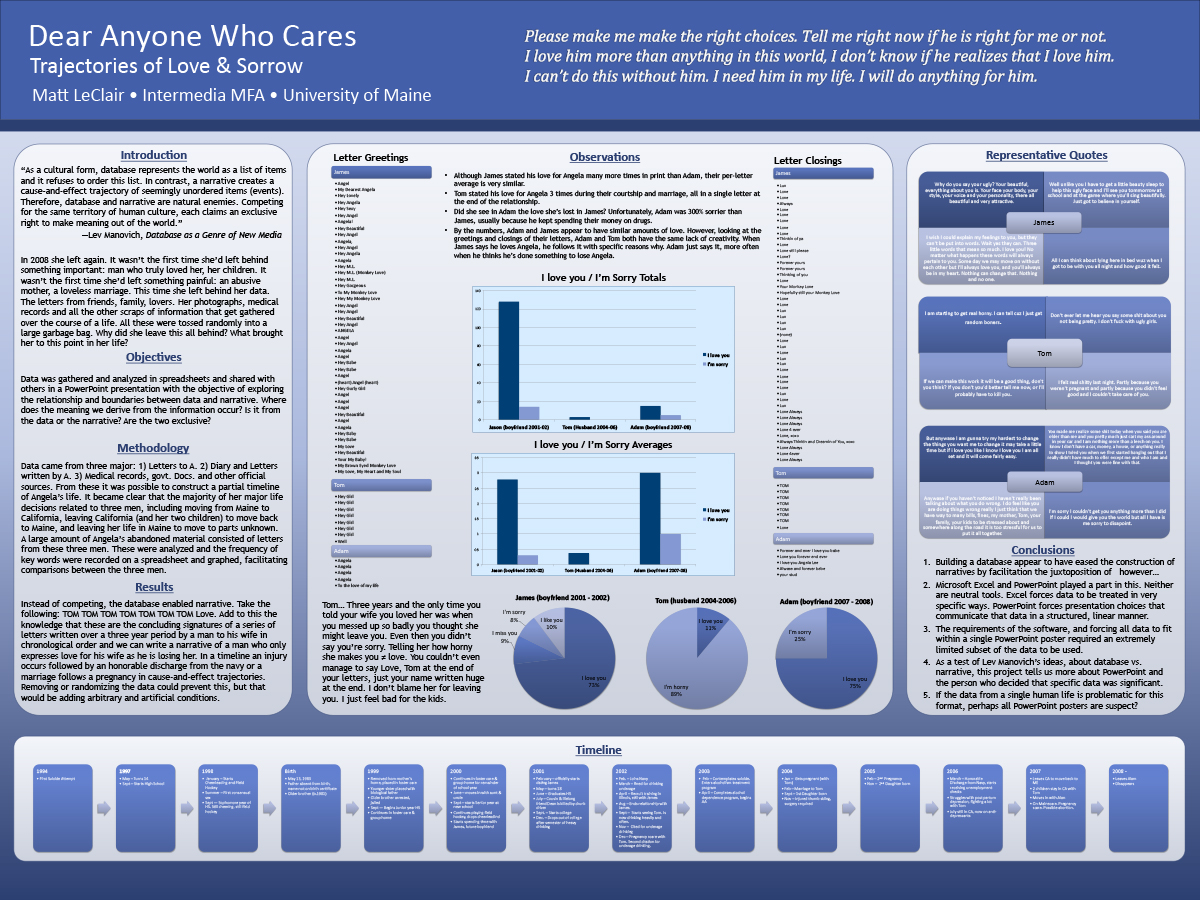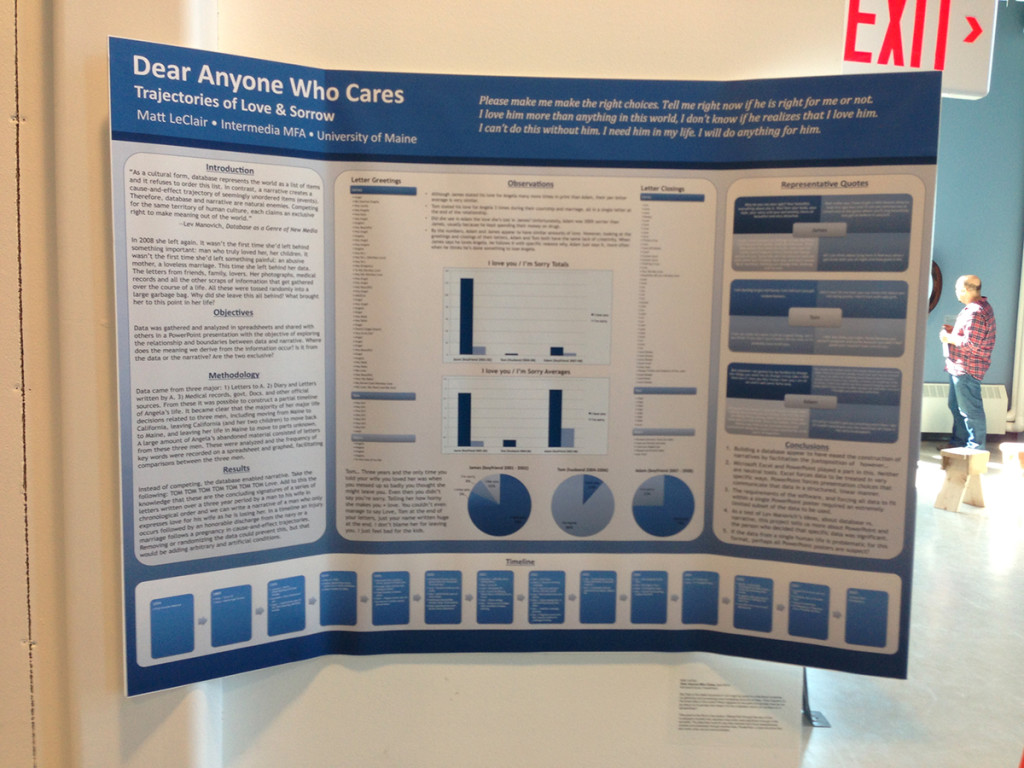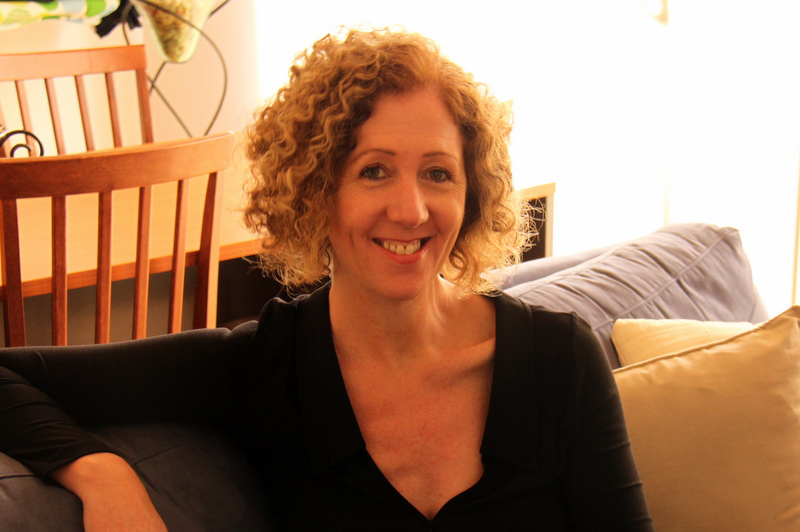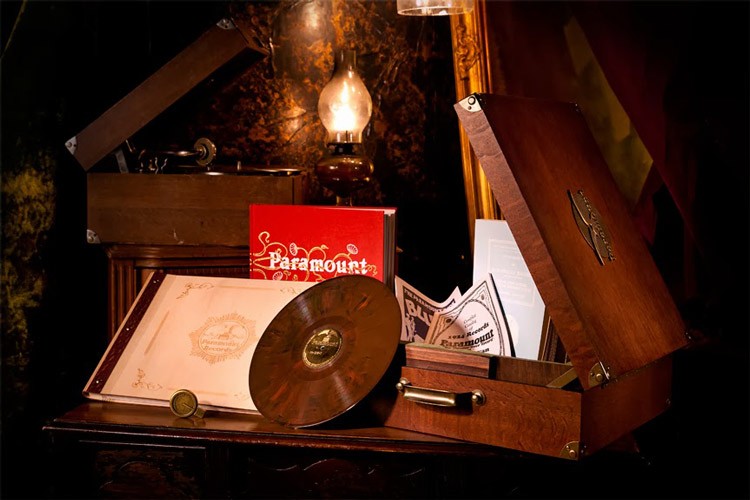Thinking some more about it, I still say yes, a blog is the best way to start incorporating technology into one’s teaching.
There are other options that can obtain similar results, learning management systems such as Moodle, Canvas or Blackboard. These have their place, but I recommend using more open alternatives unless there are specific functions you need from an LMS. One of my goals as a teacher is to make everything I ask my students to learn have a value beyond the class. Any new technology you introduce into your classroom requires a learning curve. Learning the interface of an LMS only has value inside that LMS. Chances are students will never touch one outside of class. Students can have blogs of their own. Many businesses run entirely off blogs. A WordPress blog offers a starting point for learning to create content for, and communicate on, the Web. The student (and teacher) can start with basic posts on the blog after five minutes of instruction on using a blog, without needing to know any code or have anything but the most essential computer skills. When you get into customizing the blog a platform like WordPress can provide a context for taking one’s learning all the way to hard coding. WordPress is powerful, popular and easy for an individual to obtain, so there is value for the student in learning it specifically. At the same time many of the skills required for using it are generalizable to other Web content creation.
A new professor has another concern: intellectual property. This varies from college to college, but UMaine, professors own the content they create. If this is true at your school and you’re not tenured faculty, this could put you in the awkward position of not having access to content you legally own. Learning management systems are closed, hosted environments. Blackboard is especially closed, requiring large annual fees paid by the institution for continued use. What happens to all the content you created there if you go teach at another institution? My personal solution is to use WordPress and the open-source LMS Moodle, hosted on my own server, for my online content. That way my bags are always packed and IP is not an issue.
There are still many more ways that a blog can be useful. PowerPoint is the default method for delivering a presentation. For reasons I’ll get into in another post, PowerPoint is rarely a good choice. What PowerPoint is used for most of the time is to present a set of images in specific sequence, with added text. There are a number of options that will let you do this in WordPress. One advantage here is that since it’s delivered online in a browser, you can present from any computer with an Internet connection. It’s not locked onto the computer it was created on. Since it’s on the web, students can refer back to it, comment and ask questions outside of class.
A blog can turn checks-for-understanding into knowledge building in ways that would be more challenging, if not impossible, without technology. A time-tested activity is to write a paper on a subject. Online there are new ways to approach writing. Instead of individual papers, students can all work on the same document. The blog post would pose a question, and give a set of rules, such as: Research and post a response to the question. Include link to your sources. Each response must include new information and advance the discussion and must have unique links. Respond to at least two other responses. This way students benefit from each other’s research. It may lack depth, but it is great for establishing a wide view of the topic that can then be focused and built-on. It can lead to discussions on what constitutes good research on the Web and how to evaluate information. It also is a body of research that can be used for future classes.
